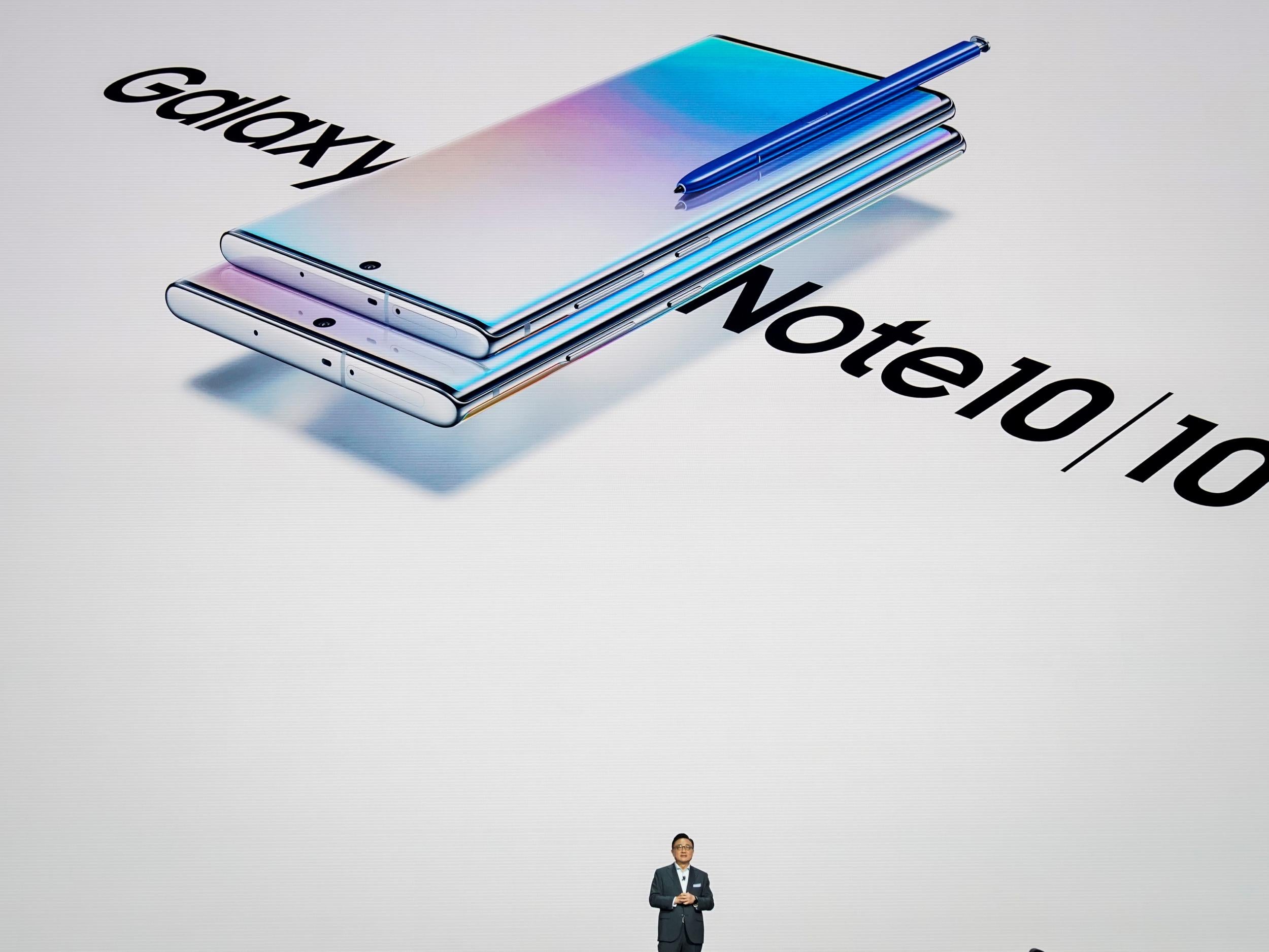iPhone 11 vs Galaxy S10 vs Pixel 4 and more: How Apple’s new handset compares to the competition
Apple's new smartphone enters a crowded market full of high-end Android devices
Your support helps us to tell the story
From reproductive rights to climate change to Big Tech, The Independent is on the ground when the story is developing. Whether it's investigating the financials of Elon Musk's pro-Trump PAC or producing our latest documentary, 'The A Word', which shines a light on the American women fighting for reproductive rights, we know how important it is to parse out the facts from the messaging.
At such a critical moment in US history, we need reporters on the ground. Your donation allows us to keep sending journalists to speak to both sides of the story.
The Independent is trusted by Americans across the entire political spectrum. And unlike many other quality news outlets, we choose not to lock Americans out of our reporting and analysis with paywalls. We believe quality journalism should be available to everyone, paid for by those who can afford it.
Your support makes all the difference.Three brand new iPhones have landed, and they’re bigger, better, and more colourful than ever before.
Close to 2 million people tuned-in around the world to watch Apple announce the iPhone 11, iPhone 11 Pro and iPhone 11 Pro Max at the Steve Jobs Theater in Cupertino, California, on Tuesday.
The new iPhones of course boast better specs than their predecessors. But how do they compare to the best Android devices on the market?
Pitting the standard iPhone 11 against the two flagship’s from Apple’s old foe Samsung – the Galaxy S10 and the Galaxy Note 10 – as well as Google’s Pixel 3 smartphone, here’s how it stacks up.
Camera
In 2019, smartphone cameras have become the big differentiator between high-end handsets. For the iPhone 11 Pro and iPhone 11 Pro Max, Apple opted for a major camera upgrade – going as far as to add a wonky extra lens to help it stand out.
The standard iPhone 11’s double-barrel lenses, the long lines on each Galaxy, and the pin-hole on the Pixel are all distinctive from each other, though their specs actually match up fairly similarly.
12 megapixels appears to be the standard each manufacturer has settled on, with a few deviations. The iPhone 11 features a 12MP ultra-wide and a 12MP wide lens, the Galxy Note 10 and Galaxy S10 have a 12MP telephoto, 16MP ultra-wide and a 12MP wide lens, while the Pixel 3 features a single 12MP lens.

Google makes up for its lack of lenses in the Pixel 3 with artificial intelligence software that improves image processing and delivers fantastic pictures.
Screen and size
Unsurprisingly the phone-tablet hybrid Galaxy Note 10 is the largest of the devices, with a display measuring 6.4-inches. The Galaxy S10 and iPhone 11 are identically matched at 6.1-inches, while the Pixel 3 is a more modest 5.5 inches.
When it comes to screen resolution, the Samsung devices have the Apple and Google phones beaten. The 2,280x1,080 resolution of the Galaxy Note 10 is only beaten by the 3,040x1,440 resolution on the Galaxy S10.

Google comes in third with a resolution of 2,160x1.080 for the Pixel 3, while the iPhone 11 features a 1,792x828 resolution.
Processor and battery power
As the oldest of the three Androids being compared, it’s not a surprise that the Google Pixel 3 is lagging slightly when it comes to the processor. Its Snapdragon 845 is a step behind the Snapdragon 855 processor that features in the Galaxy S10 and Galaxy Note 10.
It’s difficult to compare Apple and Android processors as there is no direct comparison, though Apple claims its A13 Bionic is the most powerful chip in any smartphone. It features across all three iPhone 11 models and will definitely rival if not beat any speed tests when put against its rivals.
When it comes to battery, Apple claims to have made a big improvement. This time last year, the company was boasting that its iPhone XR offered the longest battery life in any iPhone ever. For the iPhone 11 Apple manages to squeeze an extra hour of battery, going from 16 hours video playback for the XR to 17 hours for the 11.
The two Galaxies are almost identical in this regard, with the S10 featuring a 3,400mAh battery and the Note 10 fitted with a 3,500mAh unit. In real-world tests, this only amounts to between nine and 13 hours, depending which reviewer you ask, though no one has had a chance yet to see if the new iPhone actually lives up to its promise.
Google’s Pixel 3 only features a 2,915mAh battery but it manages to get around 11 hours of video playback from it.
Price
Beyond choosing between the Android or iOS ecosystem, price is one of the biggest decision factors when choosing a new phone.
While the highest-end models now retail in excess of $1,000, the standard phones are still placed in a relatively affordable price bracket.
Apple has priced the iPhone 11 at $699, Google has put a $799 price tag on the Pixel 3, while the Galaxy S10 costs $899. The Galaxy Note 10 is one step up again at $949.

Join our commenting forum
Join thought-provoking conversations, follow other Independent readers and see their replies
Comments